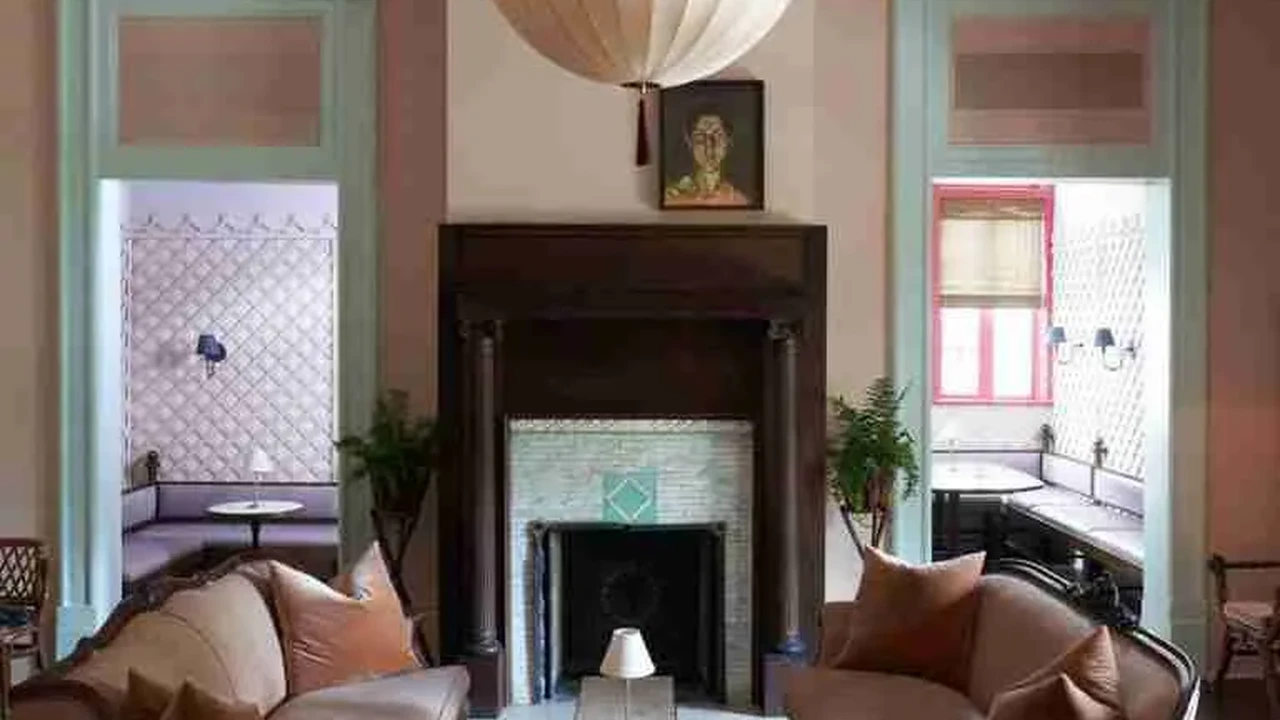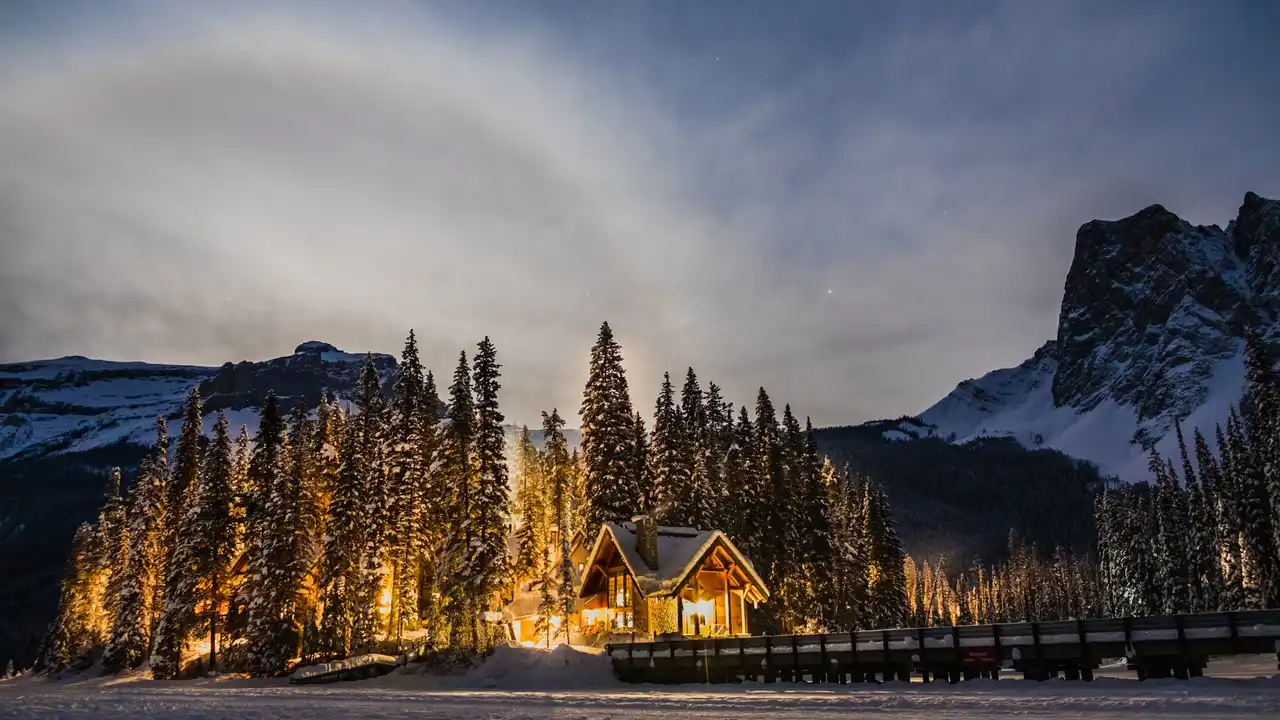Hidden Gems 10 Unique Underground Homes USA
Uncover 10 hidden gem unique underground homes in the USA. Experience sustainable living and architectural marvels.

Introduction to Underground Living USA
Hey there, fellow adventurers! Ever thought about living *underground*? I know, it sounds a bit Hobbit-like, right? But trust me, underground homes in the USA are way cooler than you might imagine. We're talking sustainable living, energy efficiency, and architectural marvels that blend seamlessly with the environment. Forget cramped basements; these are thoughtfully designed spaces offering comfort, privacy, and a unique connection with nature. So, ditch the cookie-cutter houses and let's dive into the fascinating world of underground homes!
Why Choose an Underground Home? Benefits and Advantages
Okay, so why go underground? The benefits are actually pretty awesome:
- Energy Efficiency: Underground homes maintain a consistent temperature year-round. The earth acts as a natural insulator, keeping you warm in winter and cool in summer. Think significantly lower energy bills!
- Sustainability: These homes are often built with sustainable materials and have a minimal impact on the environment. Many incorporate passive solar design and rainwater harvesting systems.
- Durability: Underground structures are incredibly strong and resistant to natural disasters like hurricanes, tornadoes, and earthquakes. Talk about peace of mind!
- Privacy and Soundproofing: Buried beneath the earth, these homes offer unparalleled privacy and excellent soundproofing. Perfect for those who crave tranquility.
- Unique Design: Let's face it, they're just plain cool! Underground homes offer endless possibilities for creative and innovative design.
10 Amazing Underground Homes in the USA to Inspire You
Ready to be amazed? Here are 10 unique underground homes across the USA that showcase the beauty and ingenuity of subterranean living:
- The Earthship, Taos, New Mexico: A completely self-sufficient home built from recycled materials. Truly off-grid living!
- The Cave House, Festus, Missouri: A former sand mine transformed into a luxurious and eco-friendly residence.
- The Malator House, Wales (Okay, not in the USA, but a huge inspiration!): This turf-covered home blends seamlessly into the landscape.
- The Ark, Sandpoint, Idaho: An earth-sheltered home with stunning views of Lake Pend Oreille.
- The Hyperion House, Aspen, Colorado: A modern underground home with a focus on sustainable design.
- Walkout Bungalow, River Falls, Wisconsin: This earth home is built into a hillside, offering both privacy and stunning views.
- The Seed House, Montana: A bermed home that uses the earth’s constant temperature to maintain a comfortable, even climate.
- The Earth Dome, Michigan: A monolithic dome home that is energy-efficient and disaster-resistant.
- Earth Home, Oregon: This earth-sheltered home offers a serene and private retreat.
- The Underground House, Texas: A unique underground home designed for energy efficiency and resilience.
Products and Technologies for Building Your Own Underground Home
So, you're thinking about building your own underground haven? Here are some key products and technologies to consider:
Waterproofing Membranes for Underground Structures
Keeping your underground home dry is crucial. High-quality waterproofing membranes are essential. These prevent water from seeping into the structure. Two popular options include:
- Bituminous Membranes: These are asphalt-based and offer excellent waterproofing. They're durable and relatively inexpensive. A good choice is Soprema's Sopralene Flam 180. It costs around $150-$200 per roll (covering approximately 100 sq ft). Use case: Applying to the exterior of the concrete walls of your underground home before backfilling.
- Polymer-Modified Asphalt Membranes: These offer superior flexibility and durability compared to traditional bituminous membranes. Consider Grace Construction Products' Bituthene 4000. It's a bit pricier, around $250-$300 per roll (100 sq ft), but offers long-lasting protection. Use case: Applying to the roof of your underground home for maximum water resistance.
Earth Sheltering Materials: Rammed Earth vs Concrete
The choice of construction material significantly impacts the home's thermal mass and structural integrity.
- Rammed Earth: An eco-friendly option made from compacted soil, gravel, and clay. It's sustainable and offers excellent thermal mass. However, it requires skilled labor and may not be suitable for all climates. A cubic yard of rammed earth can cost between $300-$500 installed. Use case: Building the walls of your underground home in a dry climate.
- Reinforced Concrete: A more conventional choice, offering superior strength and durability. It's also easier to work with for complex designs. However, it's less sustainable than rammed earth. Expect to pay around $100-$150 per cubic foot for reinforced concrete walls. Use case: Building the roof of your underground home for maximum structural support.
Ventilation Systems for Underground Homes
Proper ventilation is vital for maintaining air quality and preventing moisture buildup.
- Energy Recovery Ventilators (ERVs): These systems exchange stale indoor air with fresh outdoor air while recovering heat and moisture. They're energy-efficient and help maintain a comfortable indoor environment. A good option is the RenewAire EV90, costing around $1,500-$2,500. Use case: Installing in your underground home to ensure constant fresh air circulation.
- Dehumidifiers: These remove excess moisture from the air, preventing mold and mildew growth. Consider the Aprilaire 1850F, a whole-house dehumidifier, priced around $1,800-$2,200. Use case: Using in conjunction with an ERV to control humidity levels in your underground home.
Design Considerations for Underground Homes
Designing an underground home requires careful planning. Here are some key considerations:
- Site Selection: Choose a site with stable soil and good drainage. Avoid areas prone to flooding.
- Orientation: Orient the home to maximize passive solar gain. South-facing windows can help warm the home in winter.
- Waterproofing: Invest in high-quality waterproofing materials and techniques.
- Ventilation: Ensure adequate ventilation to prevent moisture buildup and maintain air quality.
- Natural Light: Incorporate skylights, light wells, and atriums to bring natural light into the home.
- Building Codes: Research local building codes and regulations.
Real Life Underground Home Cost Examples
Here's a glimpse into the budget of a real-world scenario. Please note that these are approximate and vary widely.
- Basic, small underground home (800-1200 sq ft): $150,000 - $300,000
- Mid-range, more elaborate design (1500-2500 sq ft): $300,000 - $600,000
- High-end, luxury underground home (3000+ sq ft): $600,000+
The Future of Underground Living
Underground homes are gaining popularity as people seek more sustainable and resilient living options. With advancements in technology and design, these homes are becoming more comfortable, affordable, and appealing. So, are you ready to go underground and embrace a unique and sustainable lifestyle? I know I am!
:max_bytes(150000):strip_icc()/277019-baked-pork-chops-with-cream-of-mushroom-soup-DDMFS-beauty-4x3-BG-7505-5762b731cf30447d9cbbbbbf387beafa.jpg)






